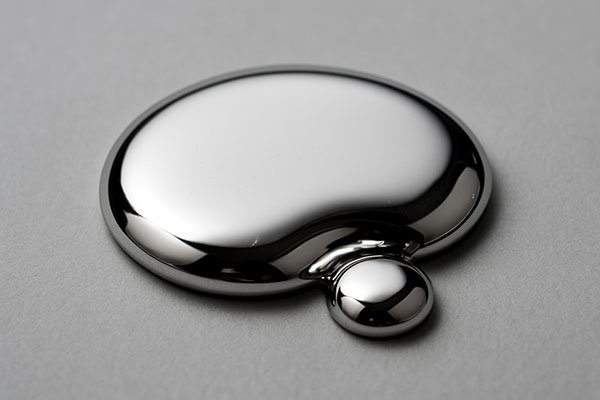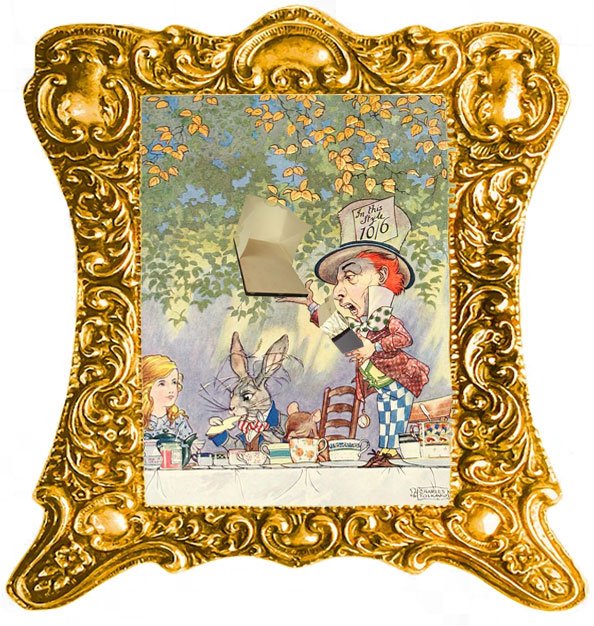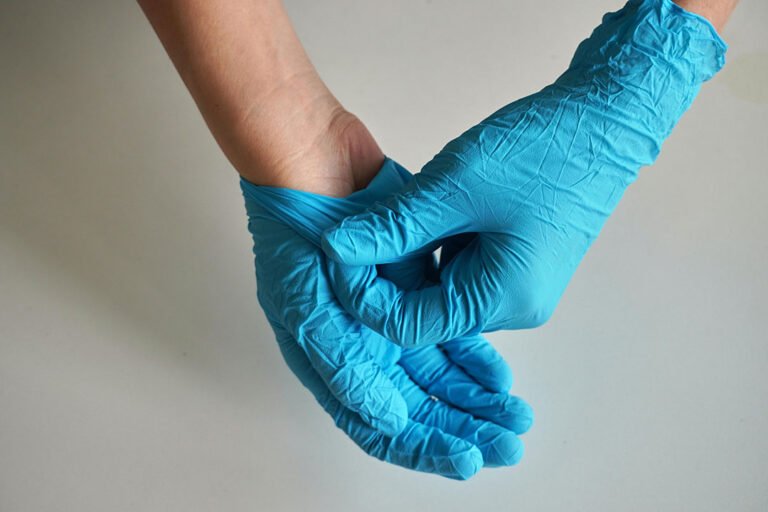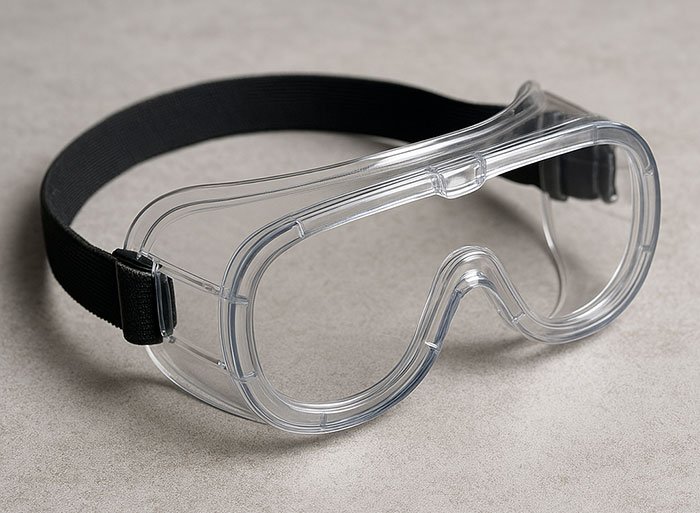Gilder’s Lung and Mad Hatter’s Disease: Too Much of a Good Thing
By Kathrin Etre
Our recent annual meeting centered around gilding including gilding demonstrations as well as case studies on the conservation of gilded surfaces. Beautiful but deadly, there is a long history of diseases caused by gilding, especially gilder’s lung and mad hatters disease. What are the dangers inherent to gilding and the conservation of gilded surfaces and how do we prevent these potential dangers?
There are three different pathways in which toxins from gilding can be introduced: inhalation, ingestion, and skin contact.
With inhalation, the greatest danger is mostly an issue of particle size. Particles of less than 10 µm, dust, are of the greatest concern. Although particles of this size typically do not occur with traditional gilding techniques, this smaller particle size can be encountered during sanding of gilt surfaces and/or the use of metal powders to create a metallic paint. Frequent inhalation of dust can cause the inflammation of mucous membranes, pneumoconiosis (dusty lung) which causes the lungs to lose elasticity, and increased risk of lung cancer.
However, although the smaller particle size is the most dangerous, larger particles can cause damage such as being a chocking risk, frequent irritation of the lungs and digestive track, and ingestion.

Even though gold and silver are considered edible, constant ingestion of these metals can cause gastrointestinal upsets, renal damage, headaches, and irritability. The over consumption of silver could cause a gray discoloration of skin, hair, and internal organs as well.
The biggest danger in Gilding
The biggest danger, however, comes with any elemental used to create alloys and/or non-traditional gilding materials such as copper, tin, lead, arsenic, and mercury. Although these elements typically only occur in small amounts in most gilding products, even a “..low-dose exposure is a subtle and hidden threat…” (Mood etal 2021, 2). However, these elements are also the most common heavy metals seen in human poisoning, both intentional and accidental.
For example, imitation gold contains high amount of copper, which can be toxic in high amounts. Tin in bronze leaf can cause damage to nervous system. Lead with silver or copper alloy leaf will cause high blood pressure, damage to reproductive organs, lethargy, brain damage, lung dysfunction, liver and kidney damage, and cancer. Risks from lead consumption are magnified in children, well documented in the consumption of lead paint flakes.
Although arsenic and mercury are the most toxic as gaseous fumes, these are the two elements that cause the severest damage in any form. Mercury can cause personality disorders (mad hatters disease), visual and hearing impairment, and nerve damage (uncontrolled movements and slurring). Mercury is more common in fire gilding used to apply gold to a baser metal, such as copper alloy. Objects conservators should take care when treating gilt historic jewelry. Although mercury is much more dangerous in a vapor than in liquid form, direct contact can cause skin lesions. Grainger, Uline, and Stericycle, to name a few, all carry well-equipped mercury spill kits for safe clean up and disposal of mercury.

Arsenic, commonly in copper alloys, has been documented as a poison from 1500 BC. Arsenic can cause neurological damage, skin and hair changes (Mee’s lines), edema, damage of red blood cells, heart problems, and jaundice.
Luckily, not all is lost. All of these negative consequences of gilding and conserving gilt surfaces can be easily prevented with the use of proper PPE. N95 dust masks and fume extraction will prevent the inhalation and ingestion of these metals. Gloves should be worn, particularly when the composition of the gilding is unknown. Contaminated gloves should be immediately removed and disposed. See previous Health and Safety articles on choosing and disposing gloves.
“There is a place like no place on earth. A land is full of wonder, mystery, and danger. Some say to survive it, you need to be as mad as a hatter. Which, luckily, I am.” – Mad Hatter, Alice in Wonderland
Gilding carries inherent dangers
Although achieving the sheen and beauty of a gilt surface can be satisfying, both in the application of gilding and returning a gilt surface to its former glory, such work carries inherent dangers. However, with proper prevention, such work can remain a wonder without the danger of becoming a mad hatter.
Bibliography
Balali-Mood, etal. 221. Toxic Mechanism of Five Heavy Metals: Mercury, Lead, Chromium, Cadmium, and Arsenic. Frontiers in Pharmacology V 12. 1-19
Canadian Centre for Occupational Health and Safety, 2014. What are the Effects of Dust on the Lungs?
Environmental Protection Agency, 2023. Health and Environmental Effects of Particulate Matter (PM).
National Organization for Rare Disorders, 2008. Heavy Metal Poisoning.
Vahabzadeh M and Balali-Mopd M, 2016. Occupational Metallic Mercury Poisoning in Gilders. Internal Journal of Occupational Environmental Medicine V 7.2. 116-122.


